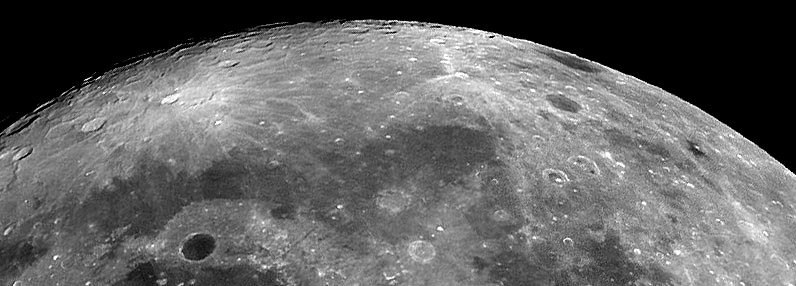Difference between revisions of "May 14, 2004"
| Line 8: | Line 8: | ||
<tr> | <tr> | ||
<td><div align="center"> | <td><div align="center"> | ||
| − | [#" | + | ["#" |
onMouseOver = "document.images['Pic1But'].src='images/LPOD-2004-05-14b.jpeg'; | onMouseOver = "document.images['Pic1But'].src='images/LPOD-2004-05-14b.jpeg'; | ||
return true" | return true" | ||
onMouseOut = "document.images['Pic1But'].src='images/LPOD-2004-05-14.jpeg'; | onMouseOut = "document.images['Pic1But'].src='images/LPOD-2004-05-14.jpeg'; | ||
| − | return false | + | return false" |
[[File:LPOD-2004-05-14.jpeg|LPOD-2004-05-14.jpeg]]] | [[File:LPOD-2004-05-14.jpeg|LPOD-2004-05-14.jpeg]]] | ||
</div></td> | </div></td> | ||
| Line 28: | Line 28: | ||
<p class="story"><b>Related Links:</b><br> | <p class="story"><b>Related Links:</b><br> | ||
[http://www.lpi.usra.edu/research/lunar_orbiter/bin/info.shtml?354 Lunar Orbiter IV View Anaxagoras<br> | [http://www.lpi.usra.edu/research/lunar_orbiter/bin/info.shtml?354 Lunar Orbiter IV View Anaxagoras<br> | ||
| − | ][ | + | ][[iv_068_h1.jpg|Lunar Orbiter IV View Thales]] <br> |
[http://www.astroimaging.com/photo.htm Craig Zerbe's Video Capture Procedures] </p> | [http://www.astroimaging.com/photo.htm Craig Zerbe's Video Capture Procedures] </p> | ||
<p class="story"><b>Tomorrow's LPOD:</b> The Golden Triad</p> | <p class="story"><b>Tomorrow's LPOD:</b> The Golden Triad</p> | ||
Revision as of 20:02, 4 January 2015
North Polar Rays
Image Credit: Craig Zerbe |
|
North Polar Rays The north polar region of the Moon is blessed with two wonderful ray systems - and a mystery ray - that few observers pay attention to. In this portion of a near full Moon image by Craig Zerbe the bright rayed craters Anaxagoras and Thales are well seen - often they are so bright that they are difficult to identify. Anaxagoras is a Tycho-like crater, 51 km wide and 2.9 deep. The Orbiter IV image shows a multiply terraced rim and an odd elongated ridge stretching from near the south rim crest to the floor. Thales is the same depth as Anaxagoras but only 32 km in diameter. Thales looks more like Triesnecker than Tycho. Along the floor there is an annular mound of material that has slumped off the wall, and a bigger collapse has taken a bite out of its southern rim. The rays of Anaxagoras seem to radiate away in all directions, implying a high angle impact. But Thales is like Proclus - its rays have a wedge shaped zone of avoidance, in this case to the NNW. The rest of the area around Thales is rayed - in fact, the gray streaks on the floor of Endymion are rays from Thales. Thus, Thales was formed by a low angle projectile that came in nearly over the pole. I bet that the slumped rim segment on the south rim of Thales is related to the oblique impact. OK - what of the mystery ray? It stretches from near Hayn, across the western edge of Mare Humboldtianum, passes east of Endymion, skirts Lacus Spei, and ends near Geminus. I don't know the source of this ray. As near as I can tell neither Hayn nor Geminus is a ray crater? Does anyone know the origin of this mystery ray? Related Links: Tomorrow's LPOD: The Golden Triad |
Author & Editor:
Charles A. Wood
Technical Consultant:
Anthony Ayiomamitis
A service of:
ObservingTheSky.Org
Visit these other PODs:
Astronomy | Mars | Earth
COMMENTS?
Click on this icon File:PostIcon.jpg at the upper right to post a comment.




